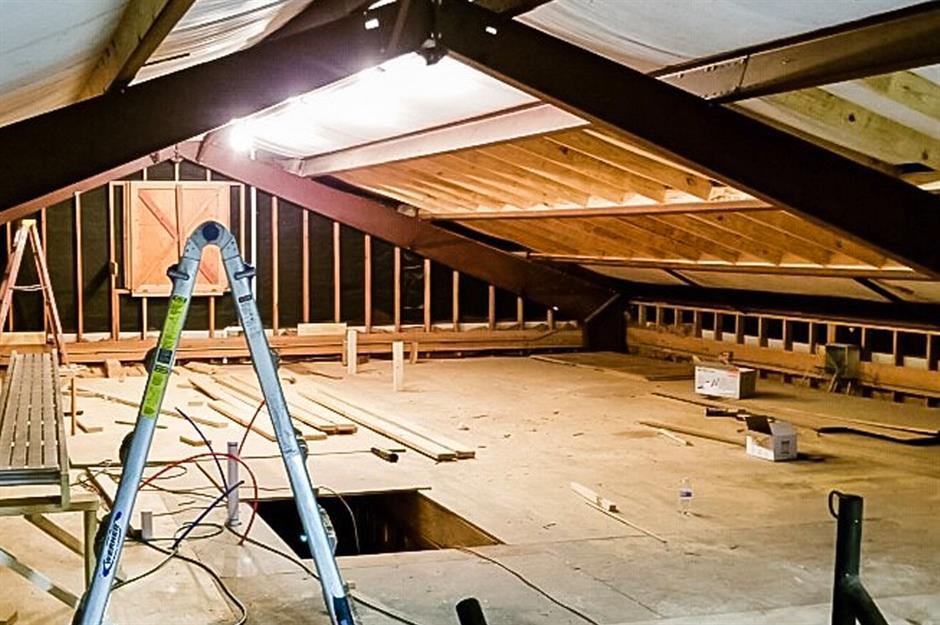As the winter months approach, keeping your home warm becomes a priority. For those with an attic, ensuring this space is adequately heated is crucial. Not only does a warm attic provide comfort, but it also protects your home from potential issues such as frozen pipes and energy inefficiency. In this article, we’ll explore various attic heating solutions that can help you maintain a cozy and efficient home environment.

The Importance of Heating Your Attic
Many homeowners overlook the significance of a well-heated attic. However, this space plays a vital role in your home’s overall insulation. By investing in proper attic heating solutions, you can prevent heat from escaping, thus reducing your energy bills. Additionally, a warm attic can make the space more usable, whether for storage or as a living area.
Common Challenges in Attic Heating
One of the main challenges in heating an attic is its position in the home. Being at the top, it is prone to temperature fluctuations. Poor insulation, drafts, and inadequate heating systems can lead to cold spots and increased energy consumption.Cost guide for attic conversions can offer insights into budget-friendly solutions for these problems.
Effective Attic Heating Solutions
1. Insulation
Proper insulation is the cornerstone of effective attic heating. It acts as a barrier, keeping the warm air in and the cold air out. Types of insulation include fiberglass, spray foam, and cellulose. Each has its benefits, but all aim to enhance thermal comfort.Design ideas from passive house principles can be applied to maximize insulation efficiency.
2. Radiant Floor Heating
This is an innovative solution that provides even heat distribution across the attic floor. Radiant floor heating is energy efficient and eliminates cold spots, making it an excellent choice for attics converted into living spaces.
3. Electric Heaters
For those seeking an affordable and straightforward solution, electric heaters can be an option. They are easy to install and come in various forms, such as baseboard heaters or portable units.
Advanced Heating Technologies
4. Solar Heating
Integrating solar panels to power heating systems can be a sustainable choice. Solar heating can significantly reduce energy costs and reliance on traditional power sources.
5. Heat Pumps
Heat pumps are efficient systems that transfer heat from one place to another. They can be used for both heating and cooling, making them versatile for attic spaces.
6. Smart Thermostats
By using smart thermostats, you can control the temperature of your attic remotely. They allow for precise temperature management, ensuring the attic is only heated when necessary, thus saving energy.
Environmental Considerations
When choosing attic heating solutions, environmental impact is an essential factor. Opting for energy-efficient systems not only benefits the environment but also reduces your carbon footprint. Exploring solutions that align with environmental guidelines can enhance the sustainability of your home.
Cost Analysis and Budgeting
Before implementing any heating solution, conducting a cost analysis is crucial. Comparing initial installation costs with long-term savings helps determine the most economical option. Building an attic closet or storage space can also be considered to make the investment worthwhile.

FAQ Section
What is the best attic heating solution for cold climates?
For cold climates, radiant floor heating combined with proper insulation is highly effective. It ensures even heat distribution and minimizes energy consumption.
How can I improve the energy efficiency of my attic heating system?
Improving energy efficiency can be achieved by sealing drafts, enhancing insulation, and using smart thermostats to manage heating schedules efficiently.
Are there any eco-friendly attic heating options?
Yes, solar heating and heat pumps are eco-friendly options that reduce reliance on fossil fuels and lower energy bills.
In conclusion, choosing the right attic heating solutions involves analyzing various factors, including cost, efficiency, and environmental impact. By taking the time to evaluate these elements, homeowners can create a warm, comfortable, and sustainable attic space.
This article contains affiliate links. We may earn a commission at no extra cost to you.




